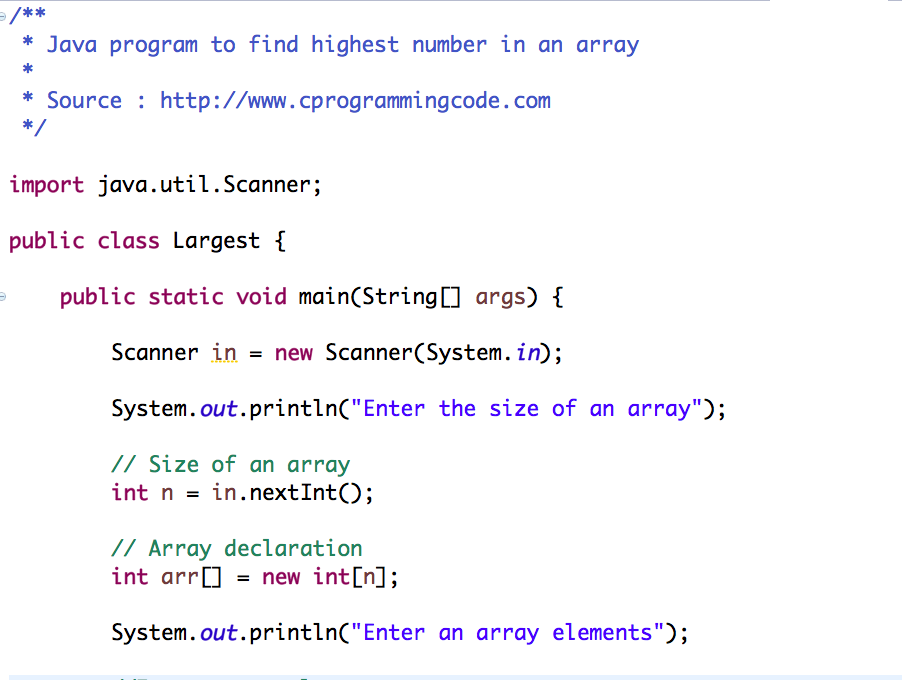


I've split the answer into two parts: Options for genuine arrays, and options for things that are just array- like, such as the arguments object, other iterable objects (ES2015+), DOM collections, and so on. Tweets.push(mediaId)Ĭonsole.log(tweets) //Output: This is the output I need.Ĭonsole.log(tweets) //Output: This is the output I am getting. JavaScript has powerful semantics for looping through arrays and array-like objects. Var files = tweet //Initially I stored the filenames in media_ids Array, later I am updating it with MediaIdĬonst mediaId = await tClient.v1.uploadMedia(file) It was introduced in ECMAScript 5 (ES5), and is supported in all modern browsers. Array forEach () is a method included in the Array.prototype property. But, I want to store the id into an array and access it while calling another method that is outside the forEach loops.īelow is the code I tried, var tweets = post forEach () is an iteration method, and it is mainly used for the serial execution of functionality against a list of elements. I am getting the mediaId inside a forEach loop, if I want to use it inside the forEach the value is available.

This can only be used on Maps, Arrays and sets which represents another fact that the elements should be arranged in a specific order to perform some activity. If I have any media attached to a tweet, I need to upload it and store the uploadedId which is in my case mediaId. JavaScript forEach () is related to the execution of a function on each element of an array which means that for each () method is exclusively related to the elements defined in an array. The result is as follows.I am trying to post a thread using node.js It has the distinct qualities that set it apart from other techniques of iterating over arrays, meaning it's up to you to select which method to employ based on what you're doing.

It’s kinda silly, I reckon, but it’s made me understand the nature of the forEach iterator (with I was kinda of struggling with beyond logging a bunch of sentences with the elements of an array).īasically, all I’ve done is applying the forEach iterator to the “compare friends in social media” exercise. The forEach () method is one of many that can be used to loop through the contents of an array and show each element successively. In that journey, I was trying to compare loops and iterators to be able to finally understand the true nature of 'em both, and I’ve come with what is next. It’s important to note that the forEach method doesn’t return anything, and thus, if you try to get the return value of the forEach method, you will get undefined. The forEach() method iterates through an arrays items while calling a function. The forEach method allows you to execute a function by iterating through each element of an array. As I’ve been stuck for way too long in the Mini Linter project, I’ve decided to trace back my steps and make sure that I’ve learnt everything that I should to face this particular practice. The forEach() method invokes a different function for each entry in an array.


 0 kommentar(er)
0 kommentar(er)
